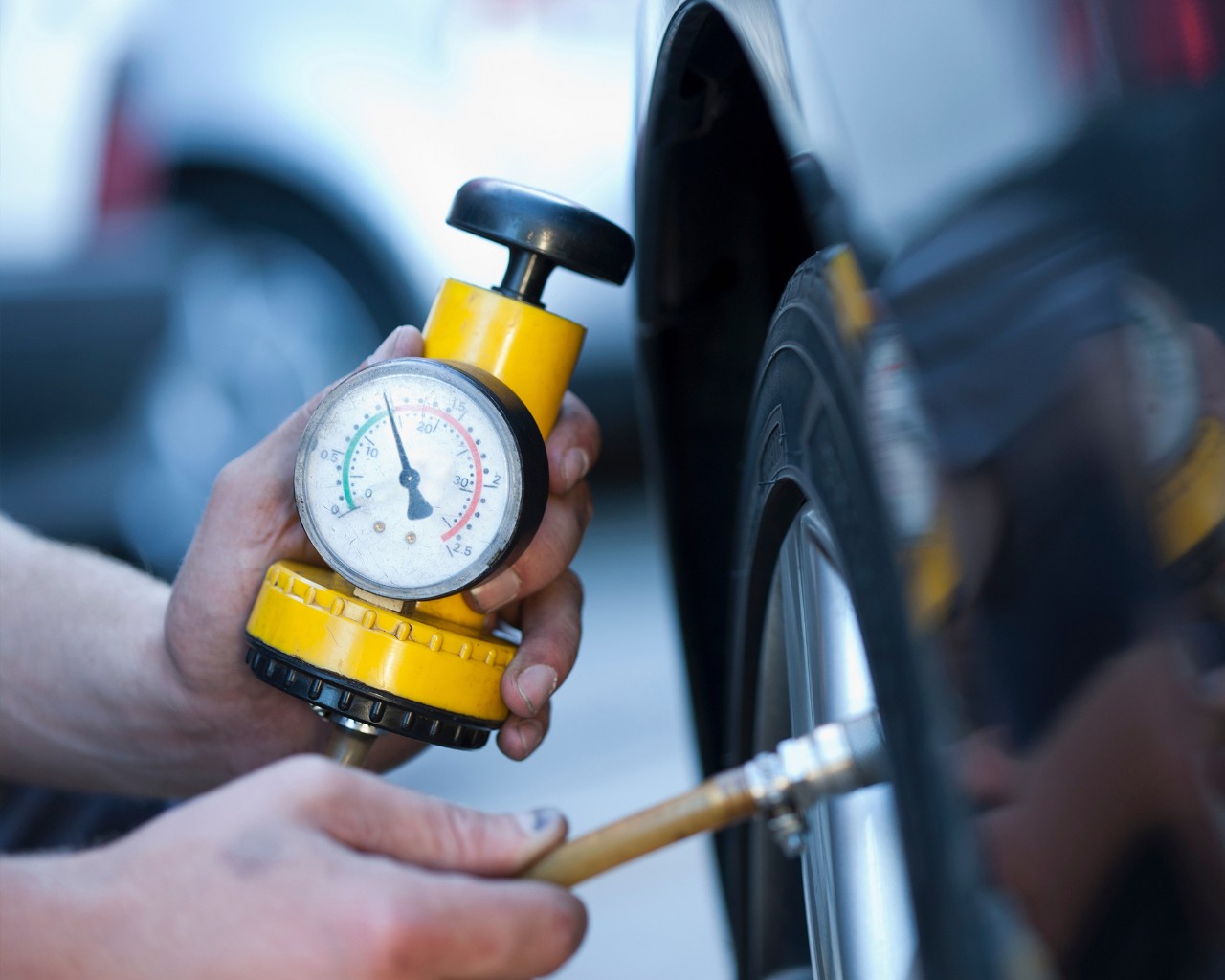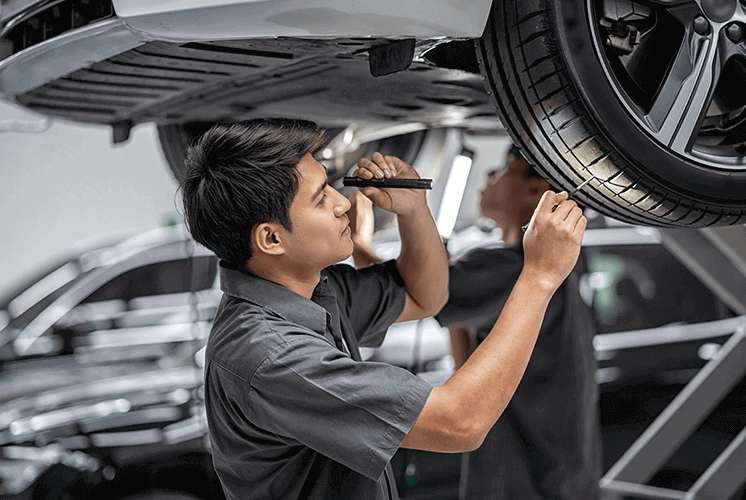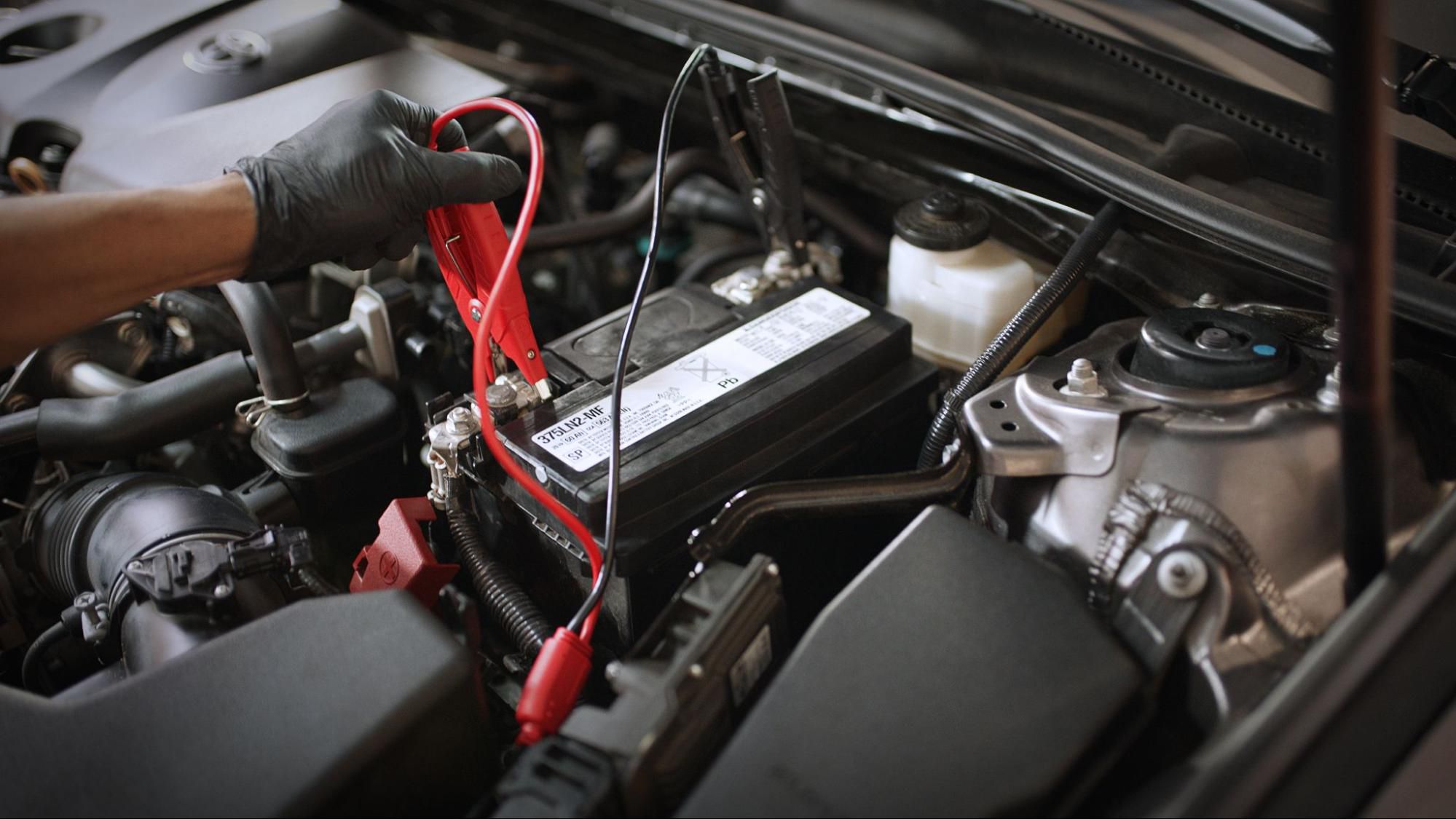Vehicle Tire Pressure: The Essential Guide for Safety and Efficiency

Why Tire Pressure Matters
Maintaining the correct tire pressure is essential for several reasons. Here’s why it should be a priority for every vehicle owner:
1. Safety
Improper tire pressure can compromise the safety of your vehicle. Both under-inflated and over-inflated tires increase the risk of accidents.
- Under-Inflated Tires: When tires are under-inflated, they have less contact with the road. This can lead to poor traction, longer stopping distances, and decreased stability, especially in wet or slippery conditions. It also increases the risk of tire blowouts, as the tire’s surface area is strained more than it should be.
- Over-Inflated Tires: Tires that are over-inflated can become overly stiff, reducing their grip on the road. This makes handling more difficult, especially in adverse weather conditions, and increases the risk of a blowout or uneven tire wear.
2. Fuel Efficiency
Proper tire pressure has a direct impact on fuel economy. When tires are inflated to the recommended pressure, they reduce rolling resistance, allowing your vehicle to move more efficiently. Under-inflated tires create more resistance on the road, requiring your engine to work harder, which leads to increased fuel consumption.
According to the U.S. Department of Energy, maintaining proper truthin24.com can improve fuel economy by up to 3%, which can add up to significant savings over time.
3. Tire Longevity
Maintaining the right tire pressure ensures even tire wear. Under-inflated tires tend to wear out more quickly on the edges, while over-inflated tires wear out more quickly in the center. Both conditions can reduce the lifespan of your tires, leading to premature replacements and unnecessary expenses.
On the other hand, properly inflated tires wear evenly, providing better performance and a longer lifespan, saving you money on replacements and improving overall safety.
4. Improved Handling
Tire pressure directly affects how a car handles. When the tires are properly inflated, they provide better responsiveness, cornering stability, and braking performance. Under-inflated tires can make the car feel sluggish, unresponsive, and harder to control, while over-inflated tires can lead to a harsh ride and decreased traction, particularly when cornering.
5. Comfortable Ride
Having tires at the proper pressure ensures a smoother, more comfortable ride. Over-inflated tires can make the vehicle feel bouncy or harsh, while under-inflated tires can make the ride feel sluggish or uncomfortable.
How to Check Your Tire Pressure
Checking your tire pressure is a simple yet essential task that should be done regularly. Here’s how to do it:
1. Know Your Recommended Tire Pressure
Your vehicle manufacturer specifies the recommended tire pressure, usually indicated in pounds per square inch (PSI). You can find this information in your vehicle owner’s manual, or on a sticker inside the driver’s side door frame (the doorjamb) that lists the tire pressure for both the front and rear tires.
The recommended tire pressure is typically between 30-35 PSI for most passenger vehicles, though it may vary depending on the make and model of the vehicle.
2. Get a Tire Pressure Gauge
A tire pressure gauge is an inexpensive tool that helps you measure the air pressure in your tires. There are several types of tire pressure gauges:
- Stick-type gauges: Simple mechanical gauges that display the pressure when you press the tool onto the valve stem.
- Digital gauges: Electronic gauges that display tire pressure on a digital screen. These are generally more precise and easier to read.
- Dial gauges: These have a dial display that shows tire pressure and are known for their accuracy.
3. Check Tire Pressure
- When the Tires Are Cold: The most accurate reading will be when the tires are cold, meaning the car hasn’t been driven for at least three hours. Driving heats up the tires and increases the internal air pressure, which can give a false reading.
- Remove the Valve Cap: Unscrew the valve cap from the tire valve stem.
- Press the Gauge onto the Valve Stem: Place the tire pressure gauge onto the valve stem and press down firmly. You’ll hear a brief hissing sound as the air escapes, but don’t worry—this is normal. The gauge will then provide a reading of your tire pressure.
- Read the Pressure: Check the reading on the gauge. If it’s below or above the recommended pressure, you’ll need to adjust it accordingly.
4. Inflate or Deflate the Tires
- Inflating: If the tire pressure is too low, you can add air using an air compressor. Many gas stations have air pumps, or you can buy a portable tire inflator for home use. Fill the tire to the recommended PSI, checking with the gauge as you go.
- Deflating: If the pressure is too high, you can release air by pressing the valve stem with a small object (like a key) to let some air out. Continue to check the pressure with the gauge until it reaches the recommended level.
5. Replace the Valve Cap
After checking or adjusting the tire pressure, make sure to replace the valve cap tightly to prevent dirt or moisture from getting into the valve.
6. Repeat for All Tires
Don’t forget to check all four tires, including the spare if possible. Tire pressure can vary slightly between tires, and it’s important that all four tires are correctly inflated for consistent performance and safety.
When Should You Check Your Tire Pressure?
It’s a good idea to check your tire pressure at least once a month and before long trips. Also, check your tire pressure if you notice any of the following:
- Warning Lights: Many modern vehicles have a Tire Pressure Monitoring System (TPMS), which will trigger a warning light on the dashboard if the tire pressure is too low. However, keep in mind that TPMS is not always accurate for detecting over-inflation, so it’s still important to manually check tire pressure periodically.
- Visible Tire Damage: If you notice any visible damage to your tires (such as bulges, punctures, or uneven wear), it’s important to check the tire pressure to ensure there are no leaks.
- Changes in Driving Conditions: Tire pressure can be affected by temperature changes, especially in winter or summer. Cold temperatures can cause tires to lose pressure, while hot weather can cause them to overinflate.
The Effects of Improper Tire Pressure
1. Under-Inflated Tires
- Reduced Fuel Efficiency: Tires with low pressure cause more rolling resistance, which leads to reduced fuel economy.
- Increased Tire Wear: Under-inflated tires wear out more quickly, especially on the outer edges. This leads to the need for earlier tire replacement.
- Poor Handling: Low tire pressure makes it more difficult to handle the vehicle, especially during turns or emergency maneuvers.
- Risk of Blowouts: Driving on under-inflated tires puts extra stress on the tire, increasing the risk of a blowout, which can be dangerous.
2. Over-Inflated Tires
- Decreased Comfort: Over-inflated tires make for a rougher ride because they are stiffer and do not absorb bumps as well.
- Uneven Tire Wear: Over-inflated tires wear out faster in the center of the tread, reducing the lifespan of the tires and leading to poor grip.
- Reduced Traction: Tires with too much pressure have less contact with the road, reducing their ability to grip the surface, especially in wet conditions.
Conclusion
Maintaining proper tire pressure is one of the easiest and most effective ways to enhance your vehicle’s performance, safety, and efficiency. It improves fuel economy, prolongs the life of your tires, and ensures a smoother, safer ride. By regularly checking your tire pressure and ensuring it’s within the manufacturer’s recommended range, you’ll reduce your risk of accidents, increase your fuel savings, and enjoy optimal driving comfort.
So, don’t overlook this simple yet important task—your tires, vehicle, and wallet will thank you!






